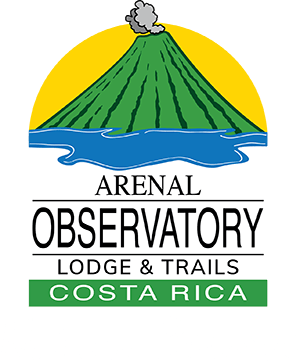Millions of visitors come to Costa Rica every year to see and experience its spectacular nature. From rainforests to cloud forests, volcanoes and mountains to beaches and lush jungle, Costa Rica deserves its fame for amazing natural resources.
In addition to Costa Rica’s excellent system of national parks, it is the country’s organization of private nature reserves that helps preserve Costa Rica’s tropical ecosystems and their biodiversity.
Uniting more than 213 private nature reserves in Costa Rica is the Costa Rican Network of Private Nature Reserves, whose mission is to preserve the country’s natural resources, and promote sustainable, earth-friendly growth.

Created in 1995, the network’s members together protect more than 82,045 hectares (202,700 acres) of territory, most of which are primary forests. Of that land, 60% is dedicated exclusively to conservation, while the other 40% is associated with other activities like ecotourism and research besides conservation.
Arenal Observatory Lodge is proud to be a member of the Costa Rican Network of Private Nature Reserves. Of the Arenal eco-lodge’s 870 acres, 270 acres are protected primary rainforest with rivers and waterfalls, 400 acres include reforested land and tropical gardens, and the remaining 200 acres are pastureland.
Many private nature reserves function as buffer zones for national parks, allowing for the free movement of species, so the parks do not become “biological islands”. Since Arenal Observatory Lodge is actually encompassed within the Arenal Volcano National Park the animals that live in the national park naturally travel back and forth between their land and the park. This is especially true with the great quantity of birds that live in the area, making Arenal Observatory Lodge a top place for bird watching in Costa Rica.

The Costa Rican Network of Private Nature Reserves is part of the Central American Federation of Private Nature Reserves and the Latin American Alliance of Private Nature Reserves, which groups 4,345 private reserves in 15 countries for a combined total of 5,648,000 hectares (13,960,000 acres) of green areas. The overall goal for everyone is to form a conservation chain and large biological corridor extending down through the Americas to protect wildlife and plant life.
In November 2015, Costa Rica hosted the 11th Latin American Congress of Private Nature Reserves, with participants from 13 Latin American countries, from Mexico to Chile, attending to share information on private conservation and sustainable tourism.
